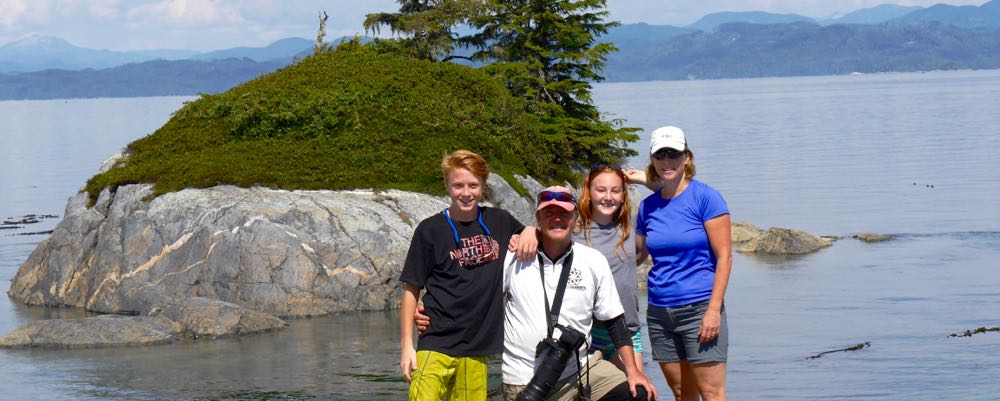In keeping with the quarterly review - we thought it was time to update to the half way mark! There is more than one thing on some entries as we have differing opinions.
Turkey -
Best Food - Soups
Best Attraction - Cappadocia, fire breathing rocks, Turkish Dance night
Biggest Challenge - getting dropped at Kavashek as the sun was setting ( hwy junction)
Egypt
Best Food - Koshari
Best Attraction -Dahab Snorkeling, Pyramids of Giza, big market in Cairo
Biggest Challenge - the horrendous 8 hour ferry wait in the smoke filled cattle hold with wooden benches, crossing streets in Cairo
Jordan
Best Food - Bedouin breakfast and Bedouin whiskey (aka tea)
Best Attraction - Bedouin camp, camel riding, Petra Treasury
Biggest Challenge - finding a decent backpackers in Petra
Tanzania
Best Food - Damien's safari food, African fried bananas, fresh fruit
Best Attraction - Swimming with the dolphins, Lion kill
Biggest Challenge - always being on guard in populated areas ( safety first.)
And South Africa is not done yet - though this one will be hard!
Turkey -
Best Food - Soups
Best Attraction - Cappadocia, fire breathing rocks, Turkish Dance night
Biggest Challenge - getting dropped at Kavashek as the sun was setting ( hwy junction)
Egypt
Best Food - Koshari
Best Attraction -Dahab Snorkeling, Pyramids of Giza, big market in Cairo
Biggest Challenge - the horrendous 8 hour ferry wait in the smoke filled cattle hold with wooden benches, crossing streets in Cairo
Jordan
Best Food - Bedouin breakfast and Bedouin whiskey (aka tea)
Best Attraction - Bedouin camp, camel riding, Petra Treasury
Biggest Challenge - finding a decent backpackers in Petra
Tanzania
Best Food - Damien's safari food, African fried bananas, fresh fruit
Best Attraction - Swimming with the dolphins, Lion kill
Biggest Challenge - always being on guard in populated areas ( safety first.)
And South Africa is not done yet - though this one will be hard!
